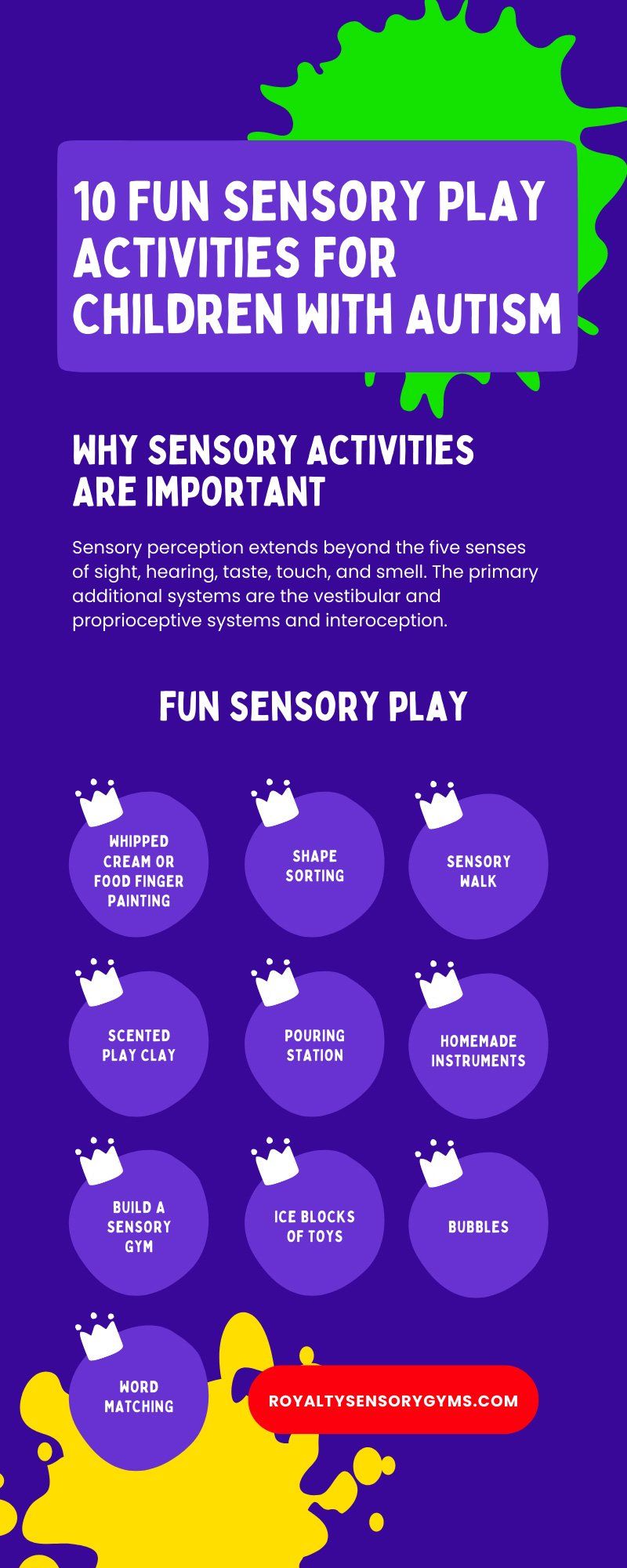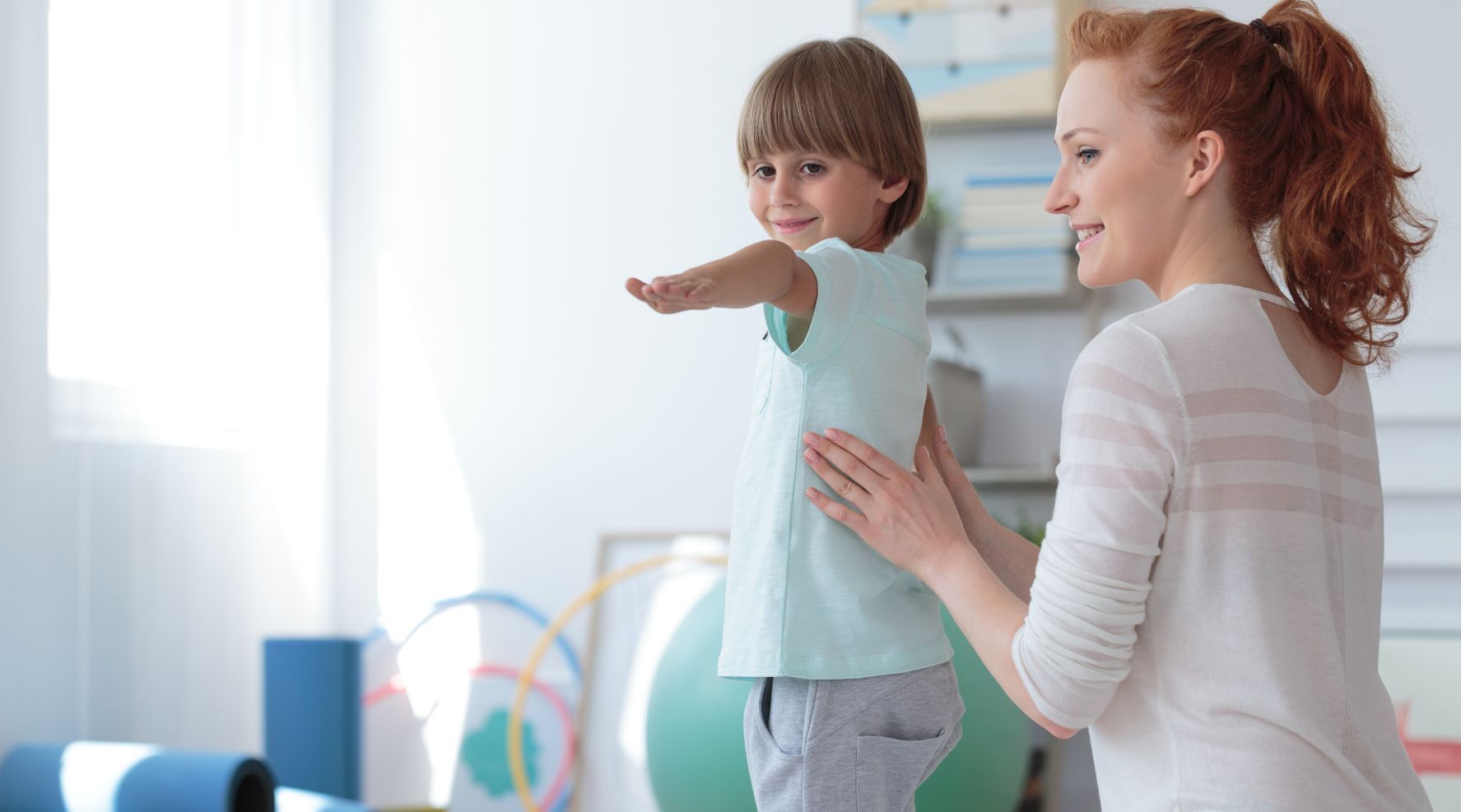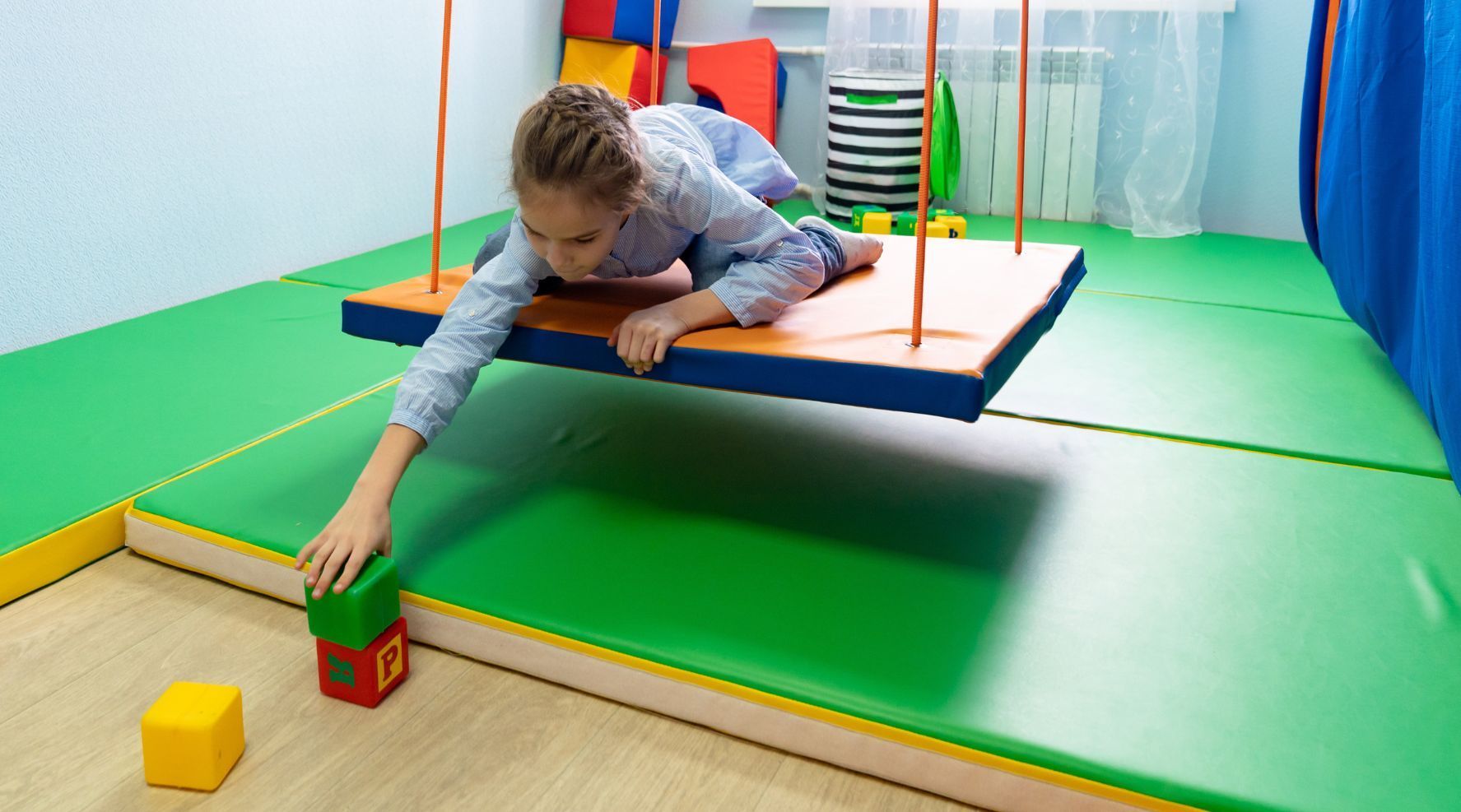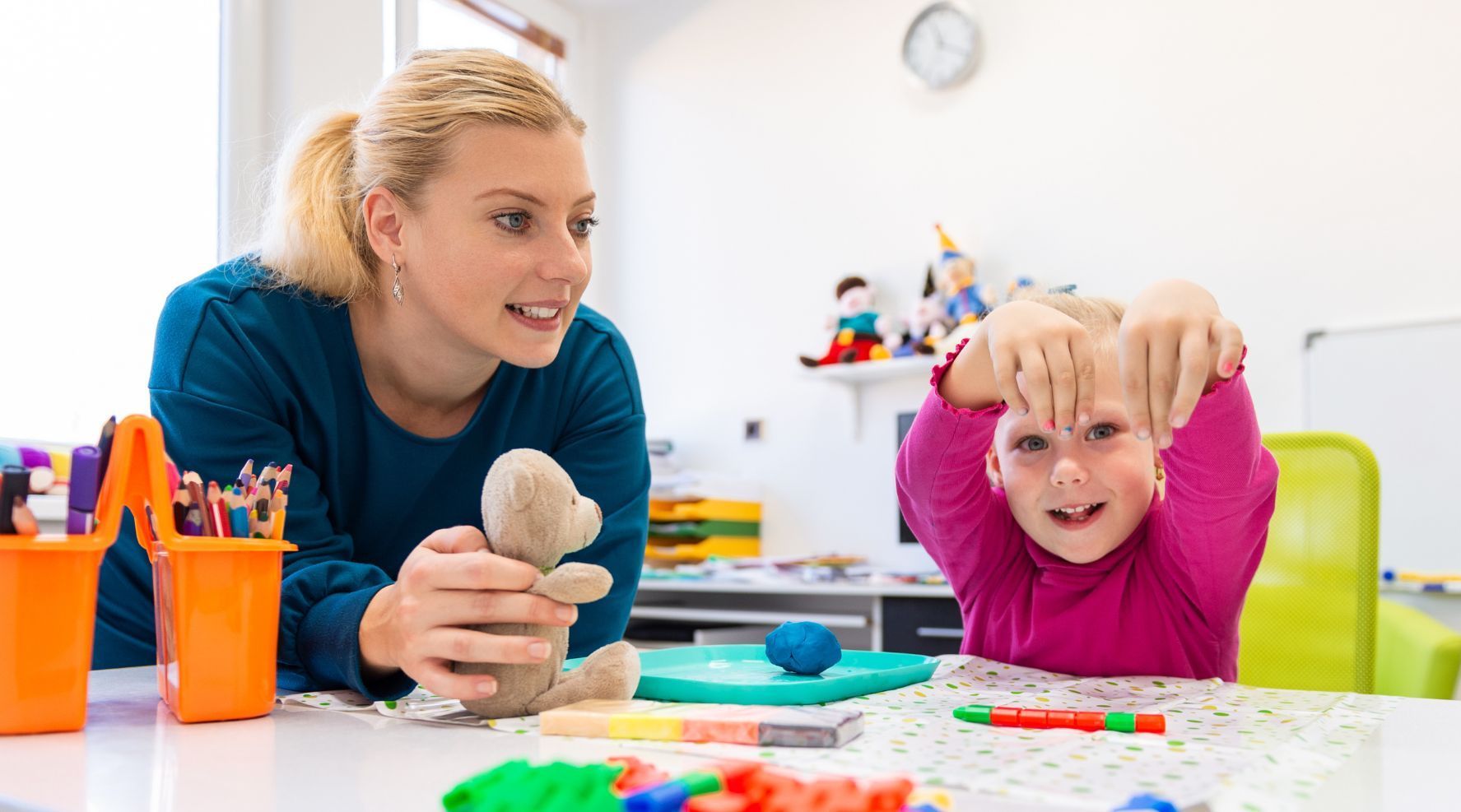10 Fun Sensory Play Activities for Children with Autism
Children on the autism spectrum may have heightened sensitivity to noise, textures, lights, or crowds. Certain activities and games can help autistic kids learn to manage their sensitivities and better cope with a complex and often overwhelming world.
Why Sensory Activities Are Important
Sensory perception extends beyond the five senses of sight, hearing, taste, touch, and smell. The primary additional systems are the vestibular and proprioceptive systems and interoception.
The vestibular system is the source of balance. Regulated by the inner ear, the vestibular system works with sight to help us stand up, sit up straight, and avoid falling. It helps us know where we are in space relative to other objects, so we don’t bump into things.
The proprioceptive system tells us where the parts of our bodies are relative to each other and sends signals to the brain about appropriate levels of muscular force. Proprioception helps us know how hard or gently to hug, what it takes to crack an egg, and how tightly to shake a hand.
The proprioceptive system makes it possible to ascend stairs without looking down, type without looking at our hands, and touch our noses with our eyes closed.
Interoception tells us about the internal state of the body, from stomach aches to heart palpitations.
Sensory activities help children with sensory issues practice using these systems to understand how their bodies can move safely through space, and how to physically interact with their environment without injury to themselves or others. It helps with balance, coordination, and self-regulation.
Occupational therapists use sensory equipment to develop these abilities in children with autism and sensory integration difficulties.
Sensory play also helps stimulate communication, especially when parents talk to their children about what they’re doing together.
These 10 fun sensory play activities for children with autism we gathered from several online sources may help parents and caregivers encourage a child on the spectrum to learn more about their sensory abilities, so they can better cope with the many types of sensory stimuli that confront all of us each day.
Please Note: As always, be attentive to choking hazards, use non-toxic materials, and choose activities that won’t immediately overwhelm your child—as a parent, you know your child’s triggers better than anyone else.
Whipped Cream or Food Finger Painting
Use a few small bowls of whipped cream, colored with food coloring, to allow your child to create paintings on paper, or washable masterpieces on windows. You can also provide squishable food items, such as berries, avocados, chocolate sauce, or bananas to allow your child to squish and smear a painting on paper or cardboard.
Shape Sorting
For kids beyond the choking hazard stage, build fine motor skills by mixing up different shapes, sizes, and colors of dried pasta, beans, buttons, or fluffy pom poms. Provide a pair of soft silicone tongs, child-safe scoopers, or oversized plastic tweezers, and have the child sort the items by color, size, or type into a muffin tin, cardboard boxes, or small bowls.
Sensory Walk
Remember those Halloween houses that made you stick your hands into a bowl of peeled grapes or slimy spaghetti, representing “eyeballs” and “guts,” before they’d give you a treat? You can adapt that creepy practice by creating a more pleasant outdoor “sensory walk.”
Create a path of plastic bins on your patio, deck, or in your yard. Fill them with materials that have different textures. You could have one bin filled with sand, another with water, and others with things like dried leaves that crunch into pieces when your child grasps them.
Scented Play Clay
Add some flavoring extracts to your favorite non-toxic clay recipe. You can make your clay smell like almonds, lemon, or vanilla. While your child explores the texture of the clay, the extracts also stimulate their sense of smell.
Pouring Station
Recreate bath time fun with a pouring station. Fill different-sized containers with water dyed different colors with food coloring. Encourage your child to pour water from the containers into a larger clear plastic bin and observe how the colors change as they combine. Pouring also gives your child the chance to enjoy the sound of water pouring.
Homemade Instruments
Gather a variety of clean, empty plastic bottles, and fill them halfway with rice or beans to make instruments to shake. Make drums out of inverted plastic tubs or saucepans, rattles out of threaded buttons, and create wind chimes out of old bent spoons strung together and hung from a coat hanger.
Kids with an aversion to sound can start gently with the shakers, and slowly move up to enjoying banging on a drum. If your child is a sensory seeker, get ready for the sounds of a budding percussionist!
Build a Sensory Gym
Construct your own home sensory gym for your child to play in. Use couch cushions to create a path of “jumping stones” and encourage your child to hop from one to the next. Create tunnels with blankets draped over chairs, and balance beams made from pool noodles or rolled-up rugs. Use mats or other cushioning in case of tumbles. Be sure there is plenty of clear space around your obstacle course, so your child won’t bump their head or hurt themselves if they fall.
You can create obstacle courses outdoors, with kiddie pools, hurdles, 2x4 balance beams, or anything else you have lying around that could make a safe “obstacle” for kids to climb, jump over, go under, or walk through.
Ice Blocks of Toys
Gather a dozen or more small toys. Put a third of the toys in the bottom of a plastic container that will fit in your freezer, cover the toys with water, and freeze. Repeat to make three layers of frozen toys (this may take a day or two).
When the ice block of toys is solid, remove it from the container and place it into a larger plastic bin and give your child safe tools to free the toys from the ice. They could use a spray bottle of warm water, a toy hammer, or a large metal spoon. Your child will learn about how much force they need to use to chip away at the ice, and how warm water affects ice.
Bubbles
Who doesn’t love blowing bubbles? Make it more interesting by creating long bubble “dragons.” Cut off the bottom of a plastic bottle and cover it with a sock. Pull the sock over the bottle and fold it back or secure it with a rubber band to make a tight fit. Dip the end covered with the sock into the bubble mixture, and blow through the top end of the bottle to make long, snake-like bubbles.
Word Matching
Print and laminate labels for everyday objects, like “chair,” “table,” “pillow,” or “book.” Mix your labels up in a bowl. Have your child choose one and match it with the object it identifies.
If your child isn’t ready for reading yet, use numbers to match with pictures of groups of objects, colors, or pictures of animals to match with their stuffed counterparts.
Parents can use their creativity to think of many more fun sensory activities for autistic kids to build balance, develop fine motor skills, address sensory-seeking behaviors, and increase tactile awareness and tolerance for textures. Ask your occupational therapist for additional suggestions.






